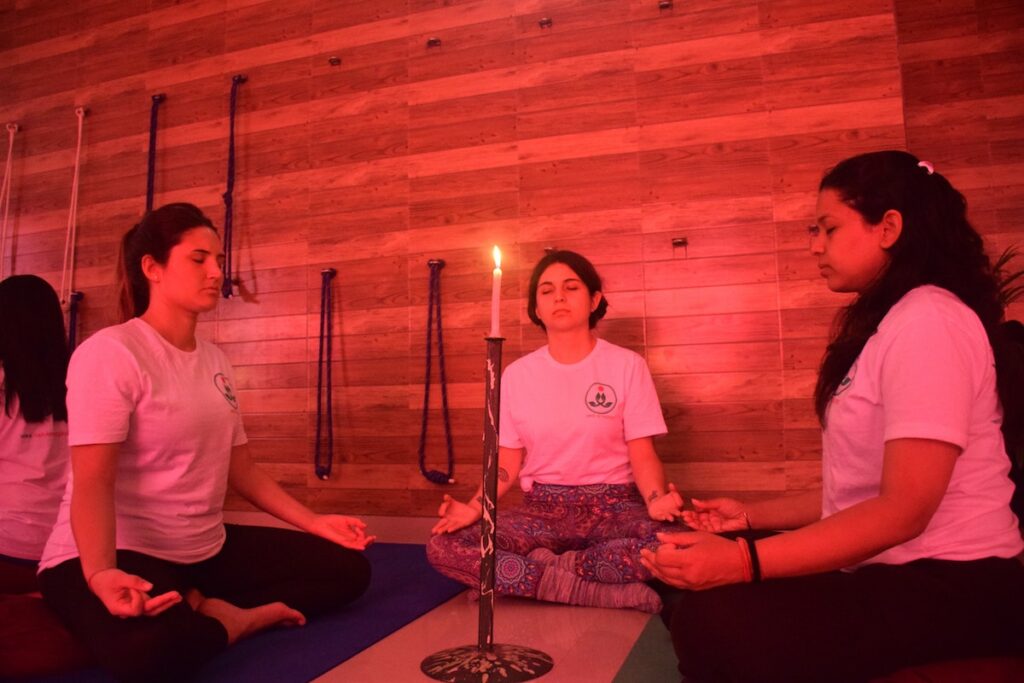How To Do Candle Flame Trataka and Its Benefits
On following the 8 limbs of yoga, it merges us with the supreme-soul through ‘Samadhi’. But before you attain the samadhi, you must mastery over Dharna (Concentration). In different classical text, there are a number of techniques described which helps in developing the sense of ‘Concentration (Dharna).’ Trataka is one such technique which concentrates the […]
How To Do Candle Flame Trataka and Its Benefits Read More »


